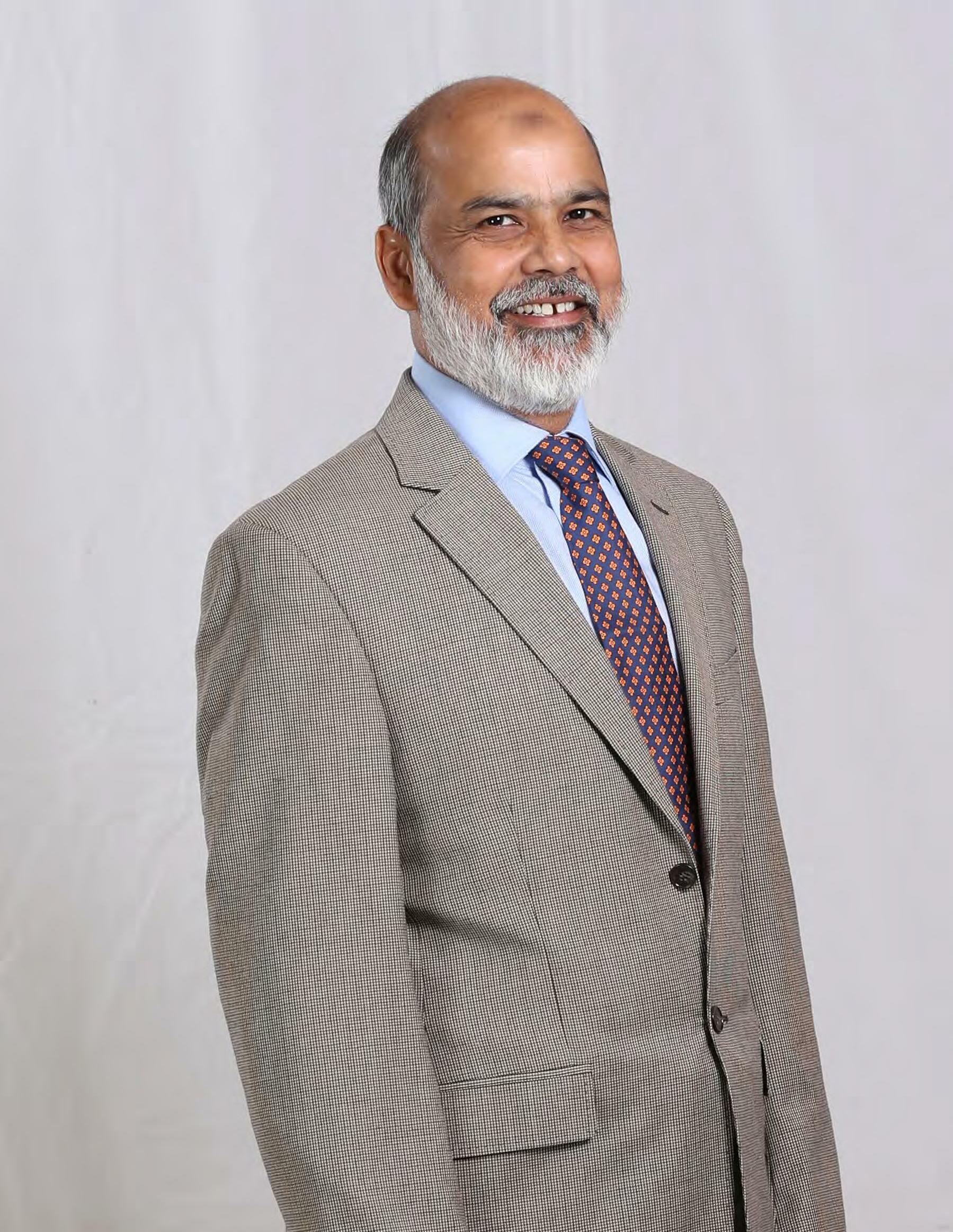The ‘bold’ economic demands of the Aurat March The march commands great public interest. It is using it to advocate for the economic rights of women and marginalised groups
I
By Zunairah Qureshi
n 2018, the Aurat March was conceived as a concept for women looking to reclaim public space on the occasion of women’s day by organising a march. The idea resonated, and over the past four years the march has grown from a loose association of feminists into an organisation that advocates for progressive politics in Pakistan. Why is Profit talking about the Aurat March? Because it is currently perhaps one of the most significant organisations that commands increasing public attention with every passing year. Whether it is the cesspool of Facebook and Youtube based media ‘organisation’ that hound the march every year or the thousands of people that attend the event every year, the Aurat March has managed to get conversations started on taboo subjects something that could not have been dreamed off a few years ago. Using the momentum of the spotlight, the march has in years past and in this year in particular advocated for the economic rights of women. The Aurat March is a decentralised organisation. It is not a political party, it is not a Non-Governmental Organisation (NGO), and it is not a charity. The marches each year are organised by volunteers, and a large cross-section comes up with the manifestos for each year. This year, there has been a perceptible shift in demands that were, in earlier marches, more focused on women’s protection against harassment and violence to the realisation of their economic rights. This year’s march’s theme is best encapsulated in its slogan, ‘ek hi nara, ek hi junoon // ujrat, tahaffuz, aur sukoon’ (one slo-
FINANCIAL INCLUSION
gan, one passion - wages, security, and peace). Demands were made for recognition of labour carried out by homemakers and caregivers through a substantial living wage or basic universal income under social security. The lack of enforcement of labour laws and minimum wage for domestic workers and other women in the informal labour force were other issues raised. Moreover, IMF-backed policy changes like the excessive privatisation of large-scale industries employing large numbers of low-income workers and increasing taxes were protested against for being ‘anti-poor’ in nature. The Aurat March’s mission and demands can be found in detail in their manifesto and charter which are available both in English and Urdu. It is clear that the march cannot be mistaken as a one-day jubilant affair but has come to stand as a political force that is likely pivotal for the country’s social as well as economic structure. So, we need to talk about the women’s movement because it cannot be ignored or fluffed aside any longer.
What is the Aurat March?
I
t all started in 2018 with a group of activists, members from concerned organisations, and others committed to the cause. The march started as a way to reclaim space for women and provide a platform for expression and to voice demands. In five years, the march has grown from a congregation of 5000 people in 2018 to 10,000 plus in Karachi alone. That is perhaps the most important part about the march - it is a sum of the attendees that make it up. Every banner that is brought in, every
poster, every interview given, every slogan chanted - all of them come from women and gender minorities that have found the march to be an outlet for self-expression and have found a voice through it. And while the march has a diverse group of attendees, it has over the years grown into an organisation that can largely be labelled a progressive movement advocating for political and economic policies meant to uplift women and the suffering masses. The march continues to grow in number and scope in Lahore and Islamabad as well but has also expanded to other cities such as Multan, Hyderabad, and Sukkur. It has also become more inclusive with time as members of various marginalised communities such as transgenders and religious minorities have found a space for themselves at the march. Pastor Ghazala who has been part of the Aurat March organising team since 2018 pointed out that, ‘Where most women from the Christian community were unwilling to join the march, this year they have come in full buses from nine to ten different areas.’ In Karachi, foreseeing a growing number of participants, the venue was shifted from the Frere Hall park, which is located in an up-scale commercial area to the more communal Jinnah Bagh and this further helped bring together a more diverse community. Pastor Ghazala elaborated, ‘A lot of poor women joined this time as well including domestic workers, sanitary workers, and women who have lost their homes.’ Though the Aurat March has become somewhat of a flagship women’s right movement in recent times, women’s movements and rights activism dates much further back. Dr. Shama Dossa, Associate Professor, Social De-
9








